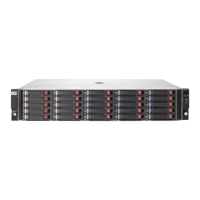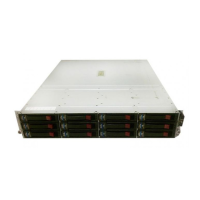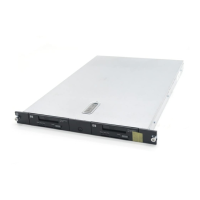16 iSCSI storage
This chapter describes iSCSI in an HP SAN environment:
• iSCSI overview, page 355
• iSCSI concepts, page 356
• iSCSI storage network requirements, page 360
• MPX200 Multifunction Router with iSCSI, page 360
• EVA and EVA4400 iSCSI Connectivity Option, page 367
• HP StorageWorks Modular Smart Array 2000i, page 376
• HP StorageWorks Modular Smart Array 1510i, page 378
• B-series iSCSI Director Blade, page 379
• B-series MP Router and iSCSI, page 382
• C-series iSCSI, page 384
• HP ProLiant Storage Server iSCSI Feature Pack, page 389
iSCSI overview
iSCSI is a storage transport protocol. The IETF developed iSCSI to encapsulate the SCSI protocol over
an IP network. iSCSI has many of the same mechanisms as the Parallel SCSI and Fibre Channel
protocols.
iSCSI facilitates creating SANs that include IP technology. iSCSI establishes and manages connections
between IP-based hosts and storage systems. Many Fibre Channel switches and routers, as well as
NAS systems, provide iSCSI support.
This section describes the following topics:
• iSCSI and Fibre Channel, page 356
• iSCSI bridge to Fibre Channel, page 356
iSCSI provides access to storage systems and SANs over standard Ethernet-based TCP/IP networks
that can be dedicated to storage or in some cases, shared with traditional Ethernet applications.
NOTE:
Existing TCP/IP networks may not support iSCSI storage. HP recommends using a dedicated Gigabit
Ethernet network between iSCSI initiators and targets. This ensures adequate data security and
performance. As an alternative, use IPsec to secure the connection on a public network, with decreased
performance. See the specific HP product requirements to determine if a dedicated IP network for
storage is required.
SAN Design Reference Guide 355

